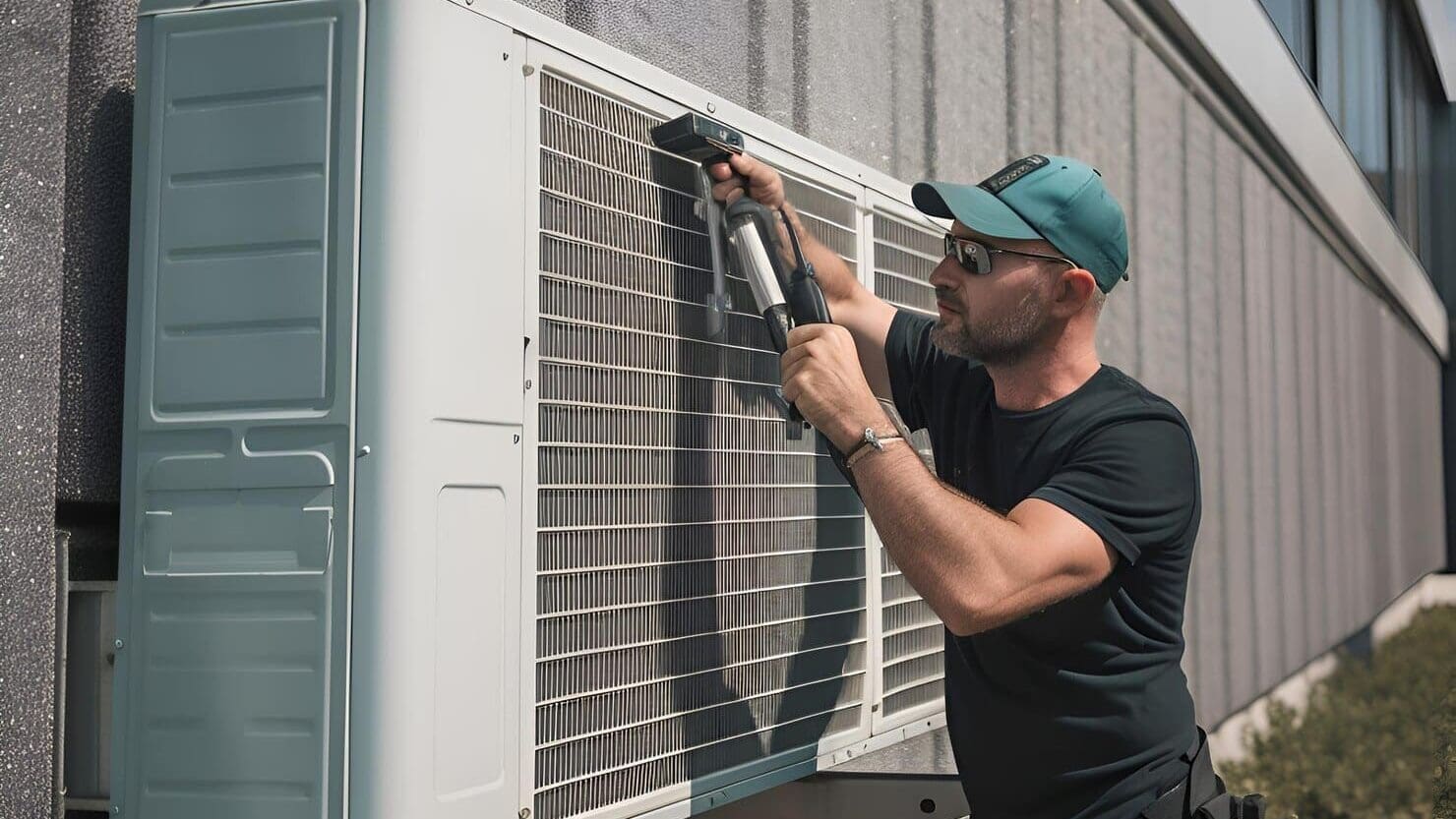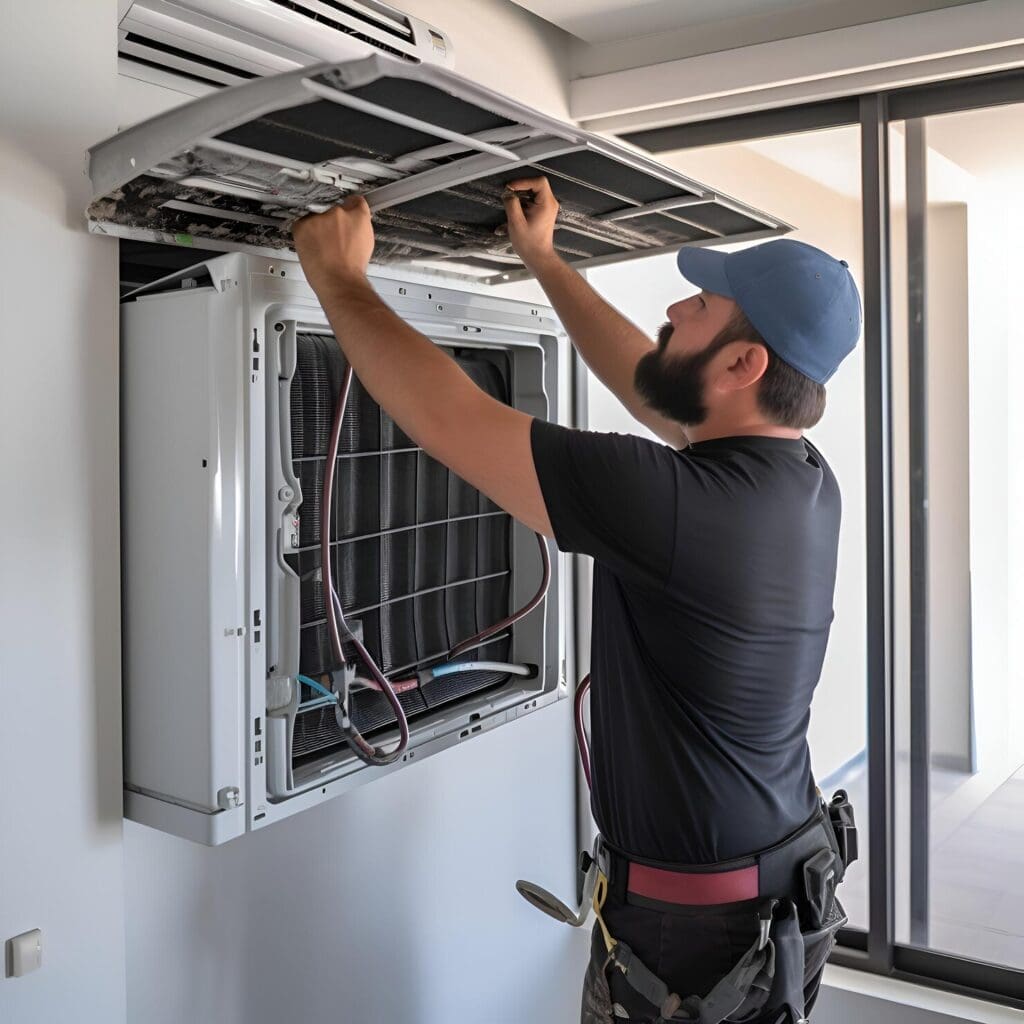When your air conditioning system breaks down in the scorching heat of California, you need a quick solution. Turn to LC Heating & Air, the reliable choice for all your Emergency HVAC Repairs in Los Angeles and surrounding areas including North Hollywood, Silver Lake, Burbank, and Beverly Hills.
Looking for a dependable company in Los Angeles and Pasadena area for Emergency HVAC Repairs?
Welcome to LC Heating & Air, your premier destination for emergency heater repair and HVAC services in Los Angeles and nearby areas such as Pasadena, Altadena, North Hollywood, Silver Lake, Burbank, and Beverly Hills. We recognize that HVAC emergencies can occur at any moment, disrupting your comfort and peace of mind. That’s why we provide 24/7 emergency HVAC repair services, ensuring your home or business remains comfortable and operational regardless of when an issue arises.
Our skilled and knowledgeable technicians are prepared to address any emergency HVAC repair in Los Angeles, regardless of size or complexity. Whether dealing with sudden malfunctions or unforeseen system issues, we possess the necessary skills and tools to provide effective solutions round-the-clock. Utilizing premium parts and products is essential in guaranteeing the durability and performance efficiency of your HVAC system.
Comprehensive Emergency HVAC Repair in Los Angeles 24/7
We specialize in all aspects of emergency HVAC repair, including:

Why Choose Us?

SAME DAY EMERGENCY HVAC REPAIR LOS ANGELES 24/7
At LC Heating & Air, we recognize that HVAC emergencies in Los Angeles can arise unexpectedly and cause significant stress. That’s why we are committed to providing fair and transparent pricing. We believe in full transparency regarding repair costs, ensuring there are no unwelcome surprises for our customers. To ease the financial burden, we offer flexible financing options, allowing you to access the urgent repairs you need without straining your budget. Additionally, we provide regular maintenance services designed to prevent emergencies and maintain the optimal performance of your HVAC system.
Don’t let an HVAC emergency compromise your comfort and safety. Contact LC Heating & Air today to schedule an appointment for HVAC repair. We are available around the clock for emergency HVAC repair in Los Angeles, ensuring our team can address your needs promptly and efficiently. At LC Heating & Air, we are dedicated to restoring your HVAC system to full functionality with the highest level of care and professionalism.
Expert Emergency HVAC Repair Technicians in Los Angeles
There is no margin for error when it comes to your HVAC system, particularly in an emergency situation. If urgent repairs are necessary, you cannot risk assigning the task to just anyone. You need a professional who is adept at accurately diagnosing and repairing the unit, ensuring it operates at peak efficiency.
At LC Heating & Air, we pride ourselves on employing highly trained and experienced HVAC technicians specializing in heater repair. Each of our certified professionals has undergone extensive training in emergency Furnace repair and possesses in-depth knowledge of the equipment they service. We are equipped with the skills and tools necessary to complete repair jobs swiftly and efficiently, without compromising on quality. Our team consistently stays abreast of the latest industry standards and best practices to ensure we deliver exceptional service to our clients.

Testimonials

Will be recommend his/their services to my friends, fam and anyone else.


